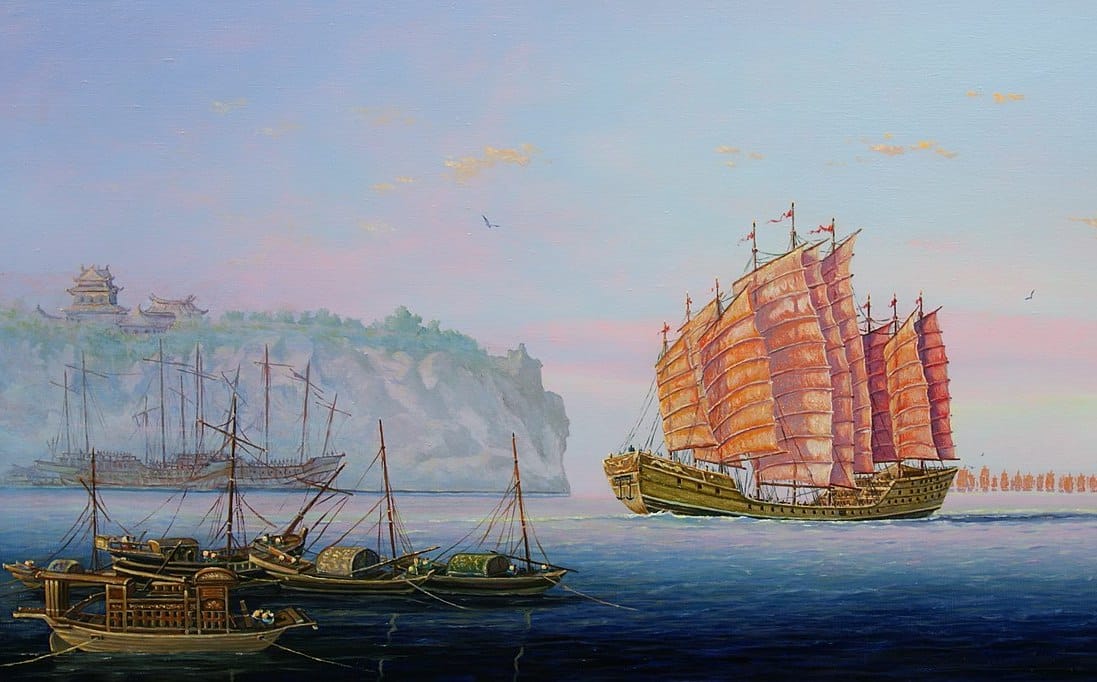

According to a new study, ancient seafarers of Asia in the Philippines and surrounding islands may have developed advanced boat-building skills thousands of years ago—long before explorers like Magellan or Zheng He set sail.
Research published in the Journal of Archaeological Science challenges the long-held belief that major technological advances in early history were limited to Europe and Africa. Scholars from Ateneo de Manila University, Riczar Fuentes and Alfred Pawlik, suggest that prehistoric islanders in Southeast Asia were skilled boat builders and navigators capable of crossing vast oceans.
Island Southeast Asia was never connected to mainland Asia by land or ice, yet early humans lived there. This raises a key question: How did they reach these islands? Physical evidence is scarce since boats were likely made of perishable materials like wood and fiber.
However, discoveries in the Philippines, Indonesia, and Timor-Leste provide strong clues. Researchers examined ancient stone tools from these sites, some dating back 40,000 years. Microscopic analysis revealed traces of plant fiber processing, suggesting early humans made ropes, nets, and bindings—materials essential for boatbuilding and deep-sea fishing.
Findings from Mindoro and Timor-Leste further support the idea of early maritime expertise. Excavations uncovered remains of deep-sea fish, including tuna and sharks, along with fishing tools such as hooks, net weights, and gorges. These discoveries indicate that prehistoric people actively hunted large fish in open waters rather than relying on shallow coastal fishing.
“The remains of large predatory pelagic fish in these sites indicate the capacity for advanced seafaring and knowledge of the seasonality and migration routes of those fish species,” the researchers said in their paper. Meanwhile, the discovery of fishing implements “indicates the need for strong and well-crafted cordage for ropes and fishing lines to catch the marine fauna.”
These findings suggest that early humans in the region did not drift passively on flimsy rafts. Instead, they likely built sturdy, well-designed boats using natural materials held together with plant-based ropes. Their expertise in rope-making, fishing, and navigation indicates they were highly skilled travelers who intentionally voyaged across deep waters to reach new islands.
The study challenges the notion that only later civilizations developed sophisticated maritime technology. If early Southeast Asians had the knowledge and tools to explore the ocean, they may have played a larger role in human migration and cultural exchanges than previously thought.
Inspired by years of fieldwork on Ilin Island in Occidental Mindoro, the researchers launched an experimental project to test their ideas. In collaboration with the University of Cebu naval architects, they founded the First Long-Distance Open-Sea Watercrafts (FLOW) Project.
The initiative aims to recreate and test ancient boat-building techniques using locally available materials, offering new insights into prehistoric seafaring methods.
The existence of such advanced maritime technology in ancient Southeast Asia highlights the ingenuity of early Philippine peoples and their neighbors. Their expertise in boatbuilding may have made the region an important center for innovation tens of thousands of years ago.
